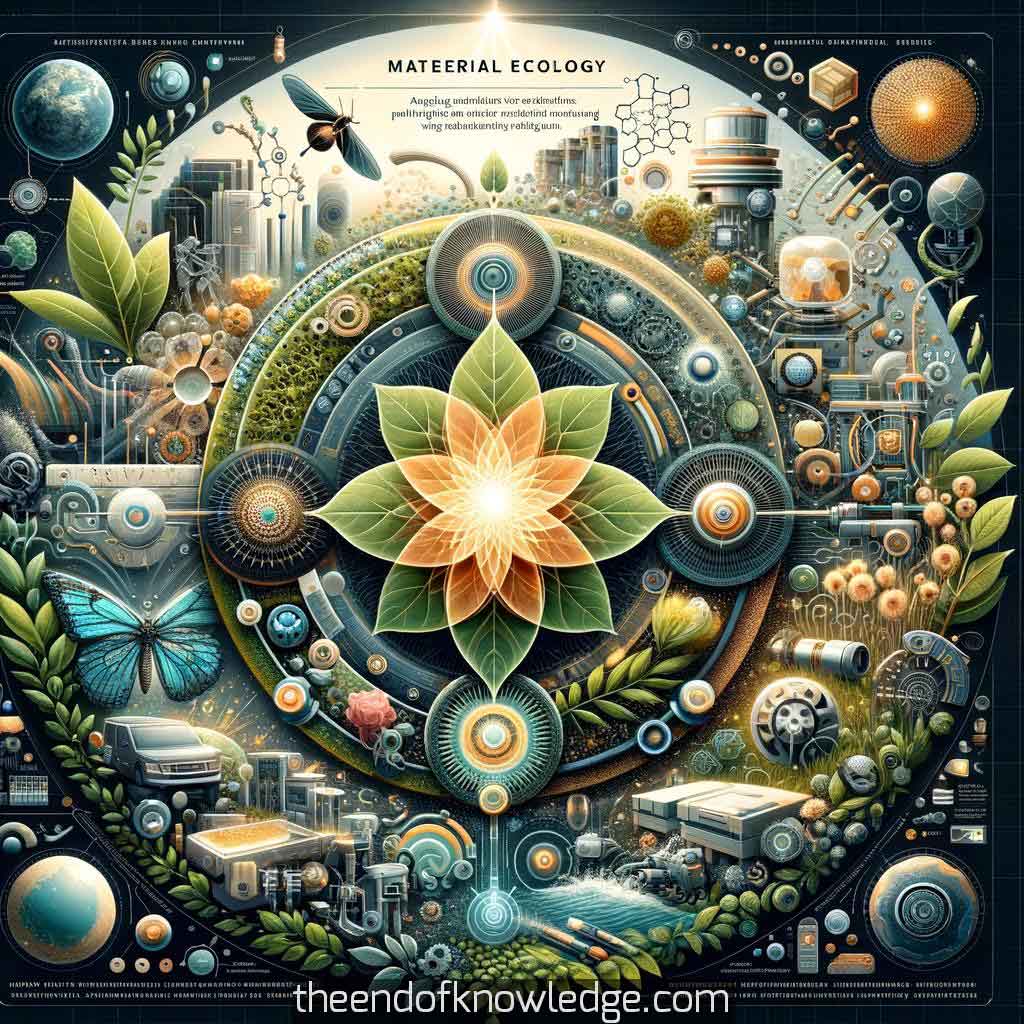 >
>
Concept Graph (using Gemini Ultra + Claude3):
Custom ChatGPT resume of the OpenAI Whisper transcription:
1.- Neri Oxman discusses the necessity of combining disciplines like synthetic biology, material science, robotics, and engineering to create novel projects.
2.- She led the Mediated Matter group at MIT, focusing on the intersection of computational design, digital fabrication, material science, and synthetic biology.
3.- Oxman's new company, Oxman, aims to revolutionize design and construction processes by working harmoniously with nature.
4.- Oxman's approach to design includes embracing nature as everything that is not anthropomass, encompassing all non-human-made elements.
5.- She reflects on the irony of human-made products separating us from nature and expresses a desire to reconnect with nature using modern tools.
6.- Oxman believes in leveraging unexplored aspects of nature through design and science, seeking wisdom beyond intelligence.
7.- She discusses the concept of anthropomass, noting 2020 as the year when human-made mass exceeded natural biomass on Earth.
8.- Oxman's work questions if technosphere elements can be designed as part of the biosphere, pondering the possibility of growing technological products.
9.- She introduces "material ecology" as a term for considering all materials as part of the ecology with positive ecological impacts.
10.- Oxman describes her vision for nature to have access to computational power, enhancing its capabilities.
11.- She explores the potential of augmenting nature's wisdom with technology, like large language models, to create more efficient systems.
12.- Oxman's company continually asks what nature wants and how computational tools can enhance natural processes.
13.- The discussion touches on the philosophical aspect of nature desiring to improve and increase information while reducing entropy.
14.- Oxman emphasizes the importance of reducing the dimensional mismatch between man-made and naturally grown objects.
15.- She explores the idea of providing nature with tools to fix itself and discusses the diverse team working at her company.
16.- Oxman's team consists of professionals from various disciplines, reflecting a multidisciplinary approach to their work.
17.- The company's focus includes working at the molecular scale to understand and utilize nature's universal language.
18.- Oxman envisions creating interfaces between nature and computational tools, enhancing natural processes like photosynthesis.
19.- She discusses a project involving a fully biodegradable, biorenewable product that starts from CO2 and ends as an edible fruit.
20.- Oxman's approach to product design involves novel materials and processes, aiming to revolutionize traditional manufacturing and assembly methods.
21.- The interview delves into biobased design, using computational templating to create products in collaboration with nature.
22.- Oxman discusses past projects like the Silk Pavilion, where silkworms and robots worked together guided by environmental templating.
23.- The Silk Pavilion project used silkworms to create a large-scale structure, combining natural processes with robotic guidance.
24.- Oxman reflects on the silkworms' behavior and their interaction with the environment, influencing the final design outcome.
25.- The discussion covers various hero organisms used in projects, such as silkworms, bees, and E. coli, each contributing uniquely to biodesign.
26.- Oxman shares insights on the ethical considerations of working with living organisms, emphasizing respect and mutual benefit.
27.- The conversation shifts to hybrid living materials (HLMs), combining living organisms with other materials to create innovative products.
28.- Oxman discusses the potential of bacteria in product design, exploring applications in various fields including medicine and construction.
29.- The interview explores the concept of high throughput directed evolution, using computational methods to enhance natural processes for product creation.
30.- Oxman emphasizes the importance of understanding and respecting nature's timescales and rhythms in the design process.
Interview byLex Fridman| Custom GPT and Knowledge Vault built byDavid Vivancos 2024